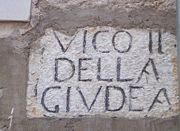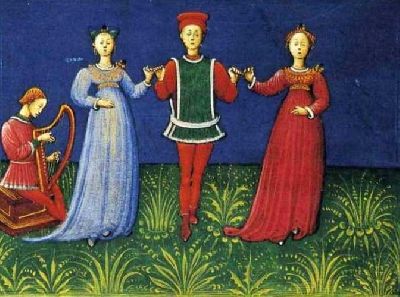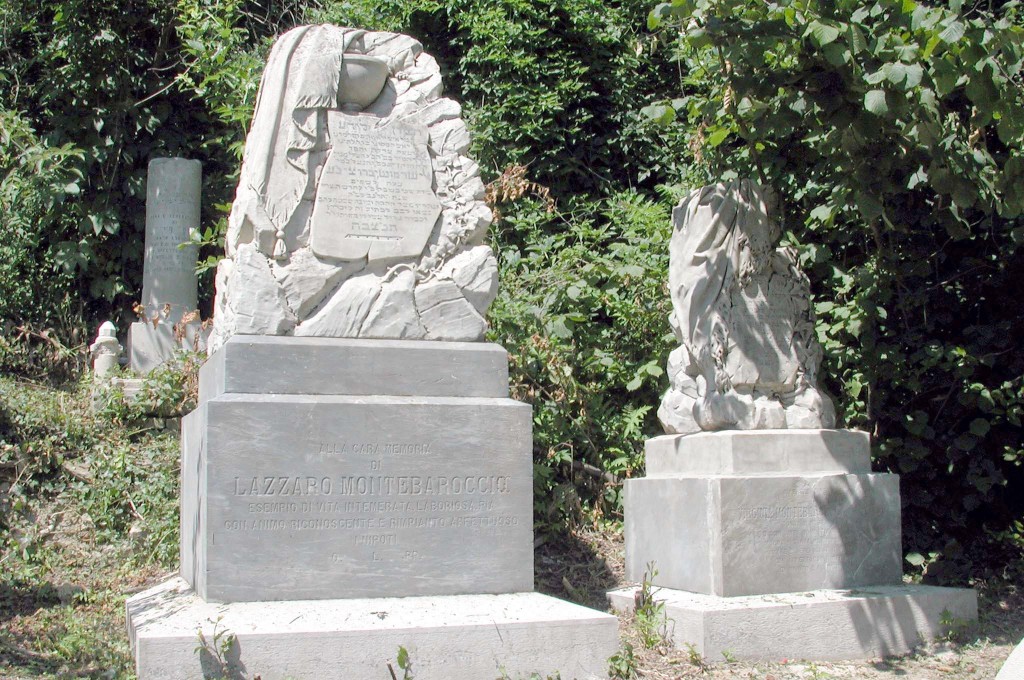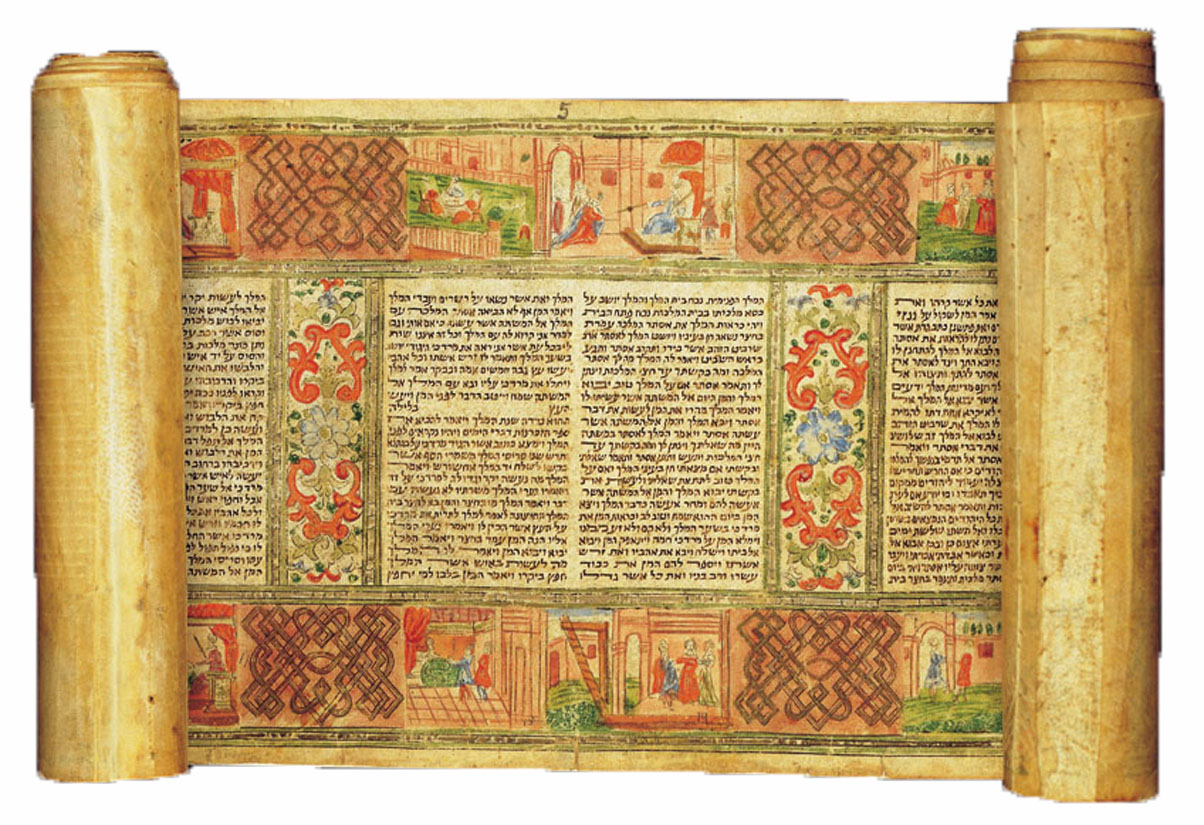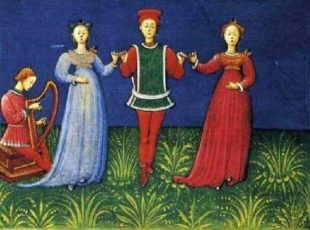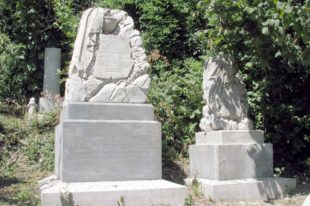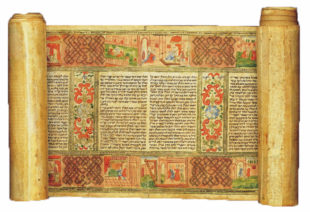From: “Synagogue without Jews, and the Communities that used and built them”, by Rivka and Ben Zion Dorfmann. Almost all the Holy Arks of the Renassaince and Baroque period in Italy adopt the same solution. They may be made of marble or wood, but the style is identical, generally with upper and lower sections. In […]
A conception of Jewish separation, even isolation, has been central to the study of late-medieval and early-Renaissance cities in Italy — particularly after the sixteenth century, when the prototype of the ghetto was invented in Venice. However, the giudecca of Trani was compact in size and diverse in architectural character and largely open to the […]
Hebrew manuscripts from the Historical Archive in Pesaro. (Read article) The Archive of the Jewish Community of Pesaro is today part of the Historical Archive of the Jewish Community of Rome.



